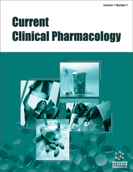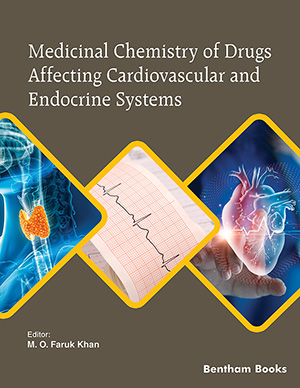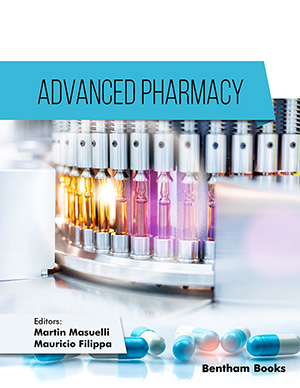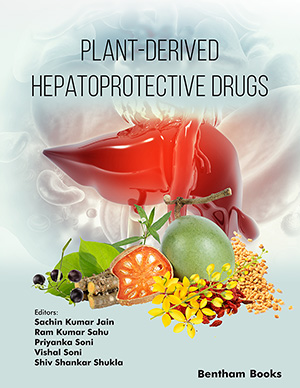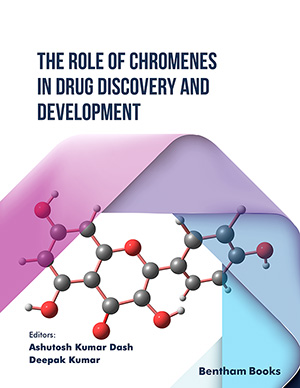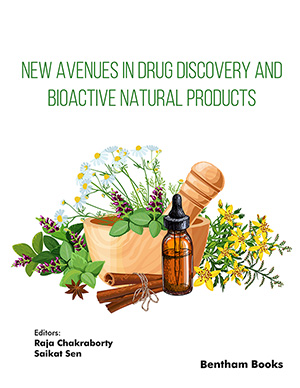Abstract
Background: Knowledge of drugs safety collected during the pre-marketing phase is inevitably limited because the randomized clinical trials (RCTs) are rarely designed to evaluate safety. The small and selective groups of enrolled individuals and the limited duration of trials may hamper the ability to characterize fully the safety profiles of drugs. Additionally, information about rare adverse drug reactions (ADRs) in special groups is often incomplete or not available for most of the drugs commonly used in the daily clinical practice. In the paediatric setting several highimpact safety issues have emerged.
Hence, in recent years, there has been a call for improved post-marketing pharmacoepidemiological studies, in which cohorts of patients are monitored for sufficient time in order to determine the precise risk-benefit ratio.
Objective: In this review, we discuss the current available strategies enhancing the post-marketing monitoring activities of the drugs in the paediatric setting and define criteria whereby they can provide valuable information to improve the management of therapy in daily clinical practice including both safety and efficacy aspects.
The strategies we cover include the signal detection using international pharmacovigilance and/or healthcare databases, the promotion of active surveillance initiatives which can generate complete, informative data sets for the signal detection and systematic review/meta-analysis.
Conclusion: Together, these methods provide a comprehensive picture of causality and risk improving the management of therapy in a paediatric setting and they should be considered as a unique tool to be integrated with post-marketing activities.
Keywords: Drug safety, pharmacovigilance, adverse drug reaction, children, paediatric, reporting system.
 66
66 5
5

